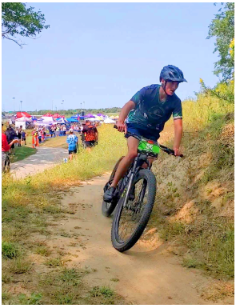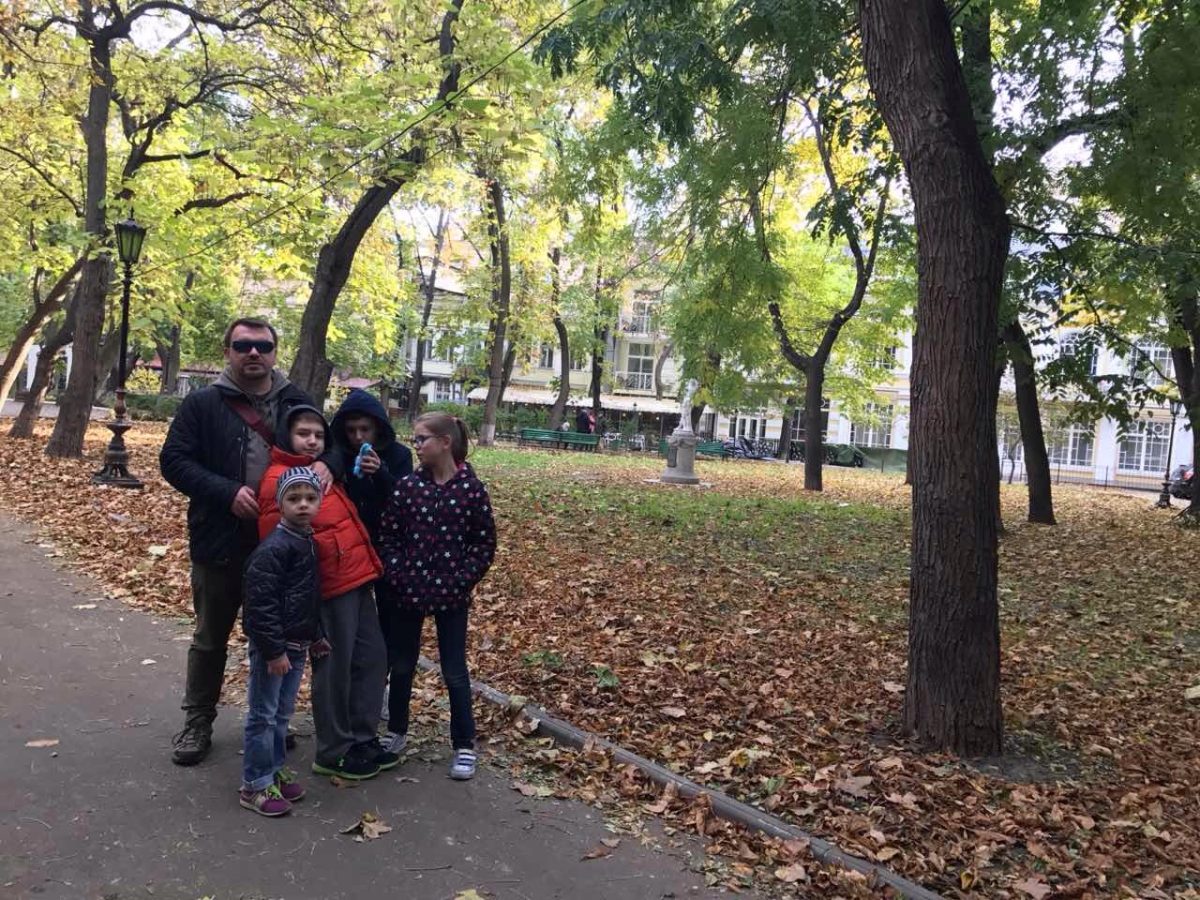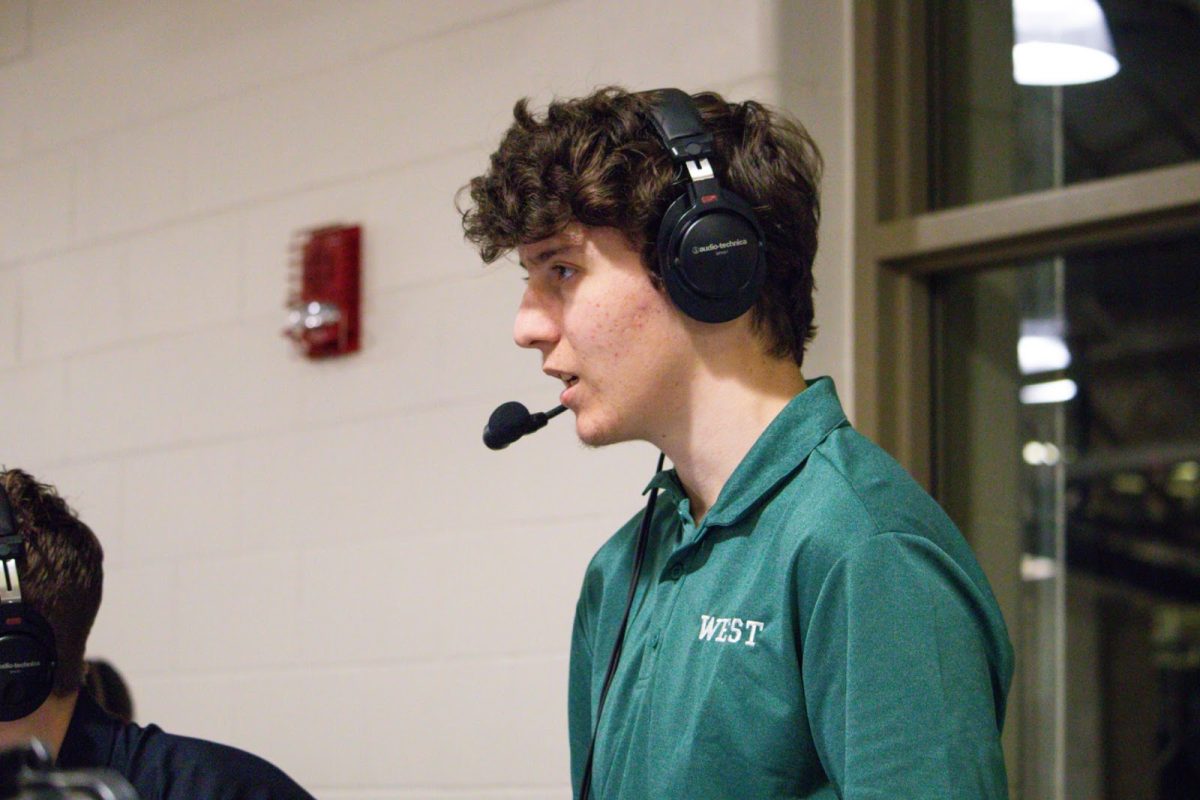Most bikers enjoy the thrill of gliding through various courses, but junior Nathan Biles wanted more. A bike is the most important aspect of a race, and Biles exceeded expectations by building his own.
It takes time, focus and commitment to achieve a build like this. As someone who wants to be an aerospace engineer, Biles worked from scratch to create a functioning bike. From his computer to the races, he impressively calculated the math and 3D printed each part of his project.
“I decided to build this bike because, to my knowledge, nobody had done it before without industrial equipment, I was determined to become the first,” Nathan Biles said. “I originally thought that it would just get me a couple of compliments. However, I was invited to tour the biggest bike manufacturer in the world and was given the option to intern with them during my college years.”
As an inspiration to many, Nathan impacted his parents while they watched him achieve his dream. Supporting him at every race, and being a helping hand to hold something in place while he glued, his father Dustin Biles loved watching his son complete this project.
“Nathan is on the Millard West MTB team and races in NICA cross-country events,” Dustin Biles said. “He likes riding on the trails around Omaha trying new tricks all the time, as well as traveling to other states where he can ride in enduro races on bigger hills than we have in Omaha. We loved supporting him by encouraging him to keep going when things weren’t working the way he expected, or something turned out to be harder than he thought it was going to be.”
For a project as complicated as this, Nathan Biles spent over 500 hours in the course of two months to complete this bike. Biles created several designs, as well as tested many different tools and parts for his bike, all while trying to correctly calculate the geometry and kinematics. A key part of this journey requires trial and error, as Biles tested his bike repeatedly until he could perfect it.
“Many unexpected challenges arose, the largest challenge was doing the calculations for the frame geometry and suspension kinematics,” Nathan Biles said. “The original goal was to ride the bike in my driveway for a few seconds before it broke. My expectations were completely off because I put over 100 miles on it, 45 of which were during races, and the other 55 were just test rides. After all of this, the bike still works perfectly fine.”
From the idea and hundreds of sketches, putting it together, and finally racing it, Biles was able to successfully create a fully operating bike that most people cannot achieve without proper instruction. Despite the challenges, he was finally able to see his dream come to life.








